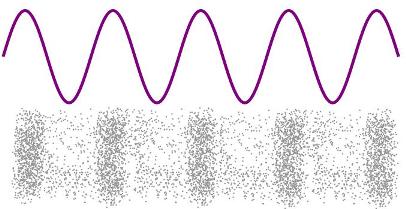|
Waves in Everyday Life
There are lots of waves all around us in everyday life. Sound is a type of wave that moves through matter and then vibrates our eardrums so we can hear. Light is a special kind of wave that is made up of photons. You can drop a rock into a pond and see waves form in the water. We even use waves (microwaves) to cook our food really fast. |
 |
